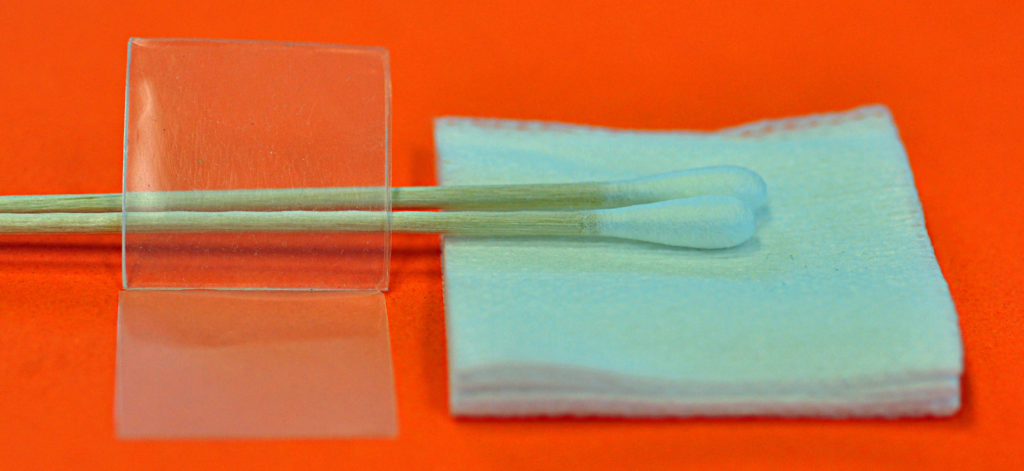Preventing Scars After Surgery
- Posted on: Jun 22 2017
Scarring is a common and understandable concern for patients undergoing surgery. With proper care and treatment, scarring can be minimized or even eliminated. The key is to immediately treat for scars rather than attempting to address them later on. Below is helpful information on preventing scars after surgery or even during surgery.
Types of Scars
First, it may be helpful to understand the many different terms used to describe scars. Mature scars are often light colored and flat. Immature scars are red, itchy/painful, and elevated. Linear hypertrophic scars are related to incisions and have similar characteristics to immature scars. Widespread hypertrophic scars are often related to burns and are more widespread throughout the burn area. Keloid scars are raised, itchy, and extends over normal tissue.
Preventing Scars During Surgery
Using proper surgical techniques can minimize the potential for scars to begin with since improper incision designs are the main reason for the formation of certain types of scars. There are a few things that your surgeon can do. You may want to discuss these with your surgeon.
- Delicate Instruments: Delicate instruments use less traction and crushing force along wound edges.
- Thin Sutures: Using the thinnest sutures possible can adequately overcome wound tension.
- Removal of Non-absorbable Sutures: Removing nylon and other similar sutures as soon as a wound has gained enough strength to hold itself together can minimize scarring.
Preventing Scars After Surgery
In addition to surgical techniques, it is extremely important to prevent scars after surgery. Caring for wounds must be a priority in the days immediately following surgery and for many weeks after that. Here are a few common approaches.
- Cleansing & Hydration: Within the first few days after surgery, wound hydration and cleansing is critical. Wounds should be cleaned with saline or tap water, not alcohol, iodide, or peroxide.
- Skin Taping: Over the weeks following surgery, taping the skin across the incision area will help reduce tension and allow the wound to properly heal. Taping in a criss-cross pattern is most effective.
- Compression: Compression has been a long-time standard for scar prevention and can be performed in different ways, including button compression, pressure earrings, etc.
- Silicone Gel Sheeting: Soft, adhesive gel sheets are applied to intact skin. Medical grade silicone features cross-linked polymer reinforced with silicone membrane backing.
Ideal Post-operative Scar Prevention
Silicone dressing has many features, making it the ideal dressing option for preventing scars after surgical procedures. It dries rapidly, making for an easier application. It is sterile and biologically inert. It promotes hydration while still protecting the compromised skin. Lastly, it relieves itching and discomfort. Using a proper preventative measure can accelerate healing and thereby reduce the formation of scars.
Additional Thoughts on Preventing Scars After Surgery
The potential for scarring and the proper prevention and treatment for scars will vary based on the specific procedures and characteristics of a patient. Some procedures and/or patients may be more prone to scarring. It is important that your surgeon performs an assessment of your risk factors, optimizes his/her surgical technique, and uses appropriate measures to address the wound and prevent scarring.
Tagged with: scar prevention
Posted in: Scar Treatment

